After history and geography, I now address the actual culture of the people of West Sumatra : the Minangkabau (or simply Minang).
The Minangkabau share a common language : the Minang language (related to Malay) and a religion : Islam.
Besides that, the Minangkabau have long fascinated ethnologists because of the rather unusual feature of their social organization : clan belonging is determined through women ancestry and women owns the large traditional houses as well as most of the ricefields.
Traditional Minangkabau society
As we have discussed in the first part of this article about history, the Minangkabau society have gone through very deep changes since the 19th century. Islam has gradually taken a larger role while ancient traditions and social patterns evolved.
I will try to present first the society in its most ancient form we know and then discuss the evolution from the early days until now.
Social organization
The nagari
When Westerners entered the heartland for the first time in the 17th century, they found a collection of autonomous territories called the nagari. The royal family was still in place, but its influence was already rather limited.
Original Dutch scholars commonly translated nagari by ‘village republic’. It is indeed a kind of miniature state, with its own political and judicial power. Minang adat (customary laws) has countless variations due mostly to the original fragmentation of political power.
The nagari is a territory encompassing the settlements but also all the lands in between (forests, rivers, uncultivated fields…). If the ricefields are the property of a given clan, the other unexploited lands are the common property of the nagari.
The nagari boundaries were handed down by oral tradition or written down in the tambo (chronicles) recounting the history of the first settlement.
The core of the nagari is the kota, where one can find a communal house (balai), a mosque and a surau (man house, that gradually also became an Islamic teaching place). The kota was usually fortified.
Around the kota were numerous dependent settlements of a few houses.
Clans and families
Each Minangkabau traditionally belonged to a lineage descending from a female ancestor. This lineage (suku) can be viewed as a clan.
Boy had to marry outside their own clan. They were then expected to leave their house to join their spouse’s.
Yet, they were not considered as full members of their wife’s family and kept obligations primarily towards their original clan.
Clan’s heirs were the daughters.
Under the suku, there was a complex system of successive sublevels that are called by dozens of different names depending on the region. The lowest level is nonetheless always the family, that owns (at least the women) and live in a house.
On each branches, members could trace their descents from a common foremother.
Rumah Gadang : the Minangkabau house
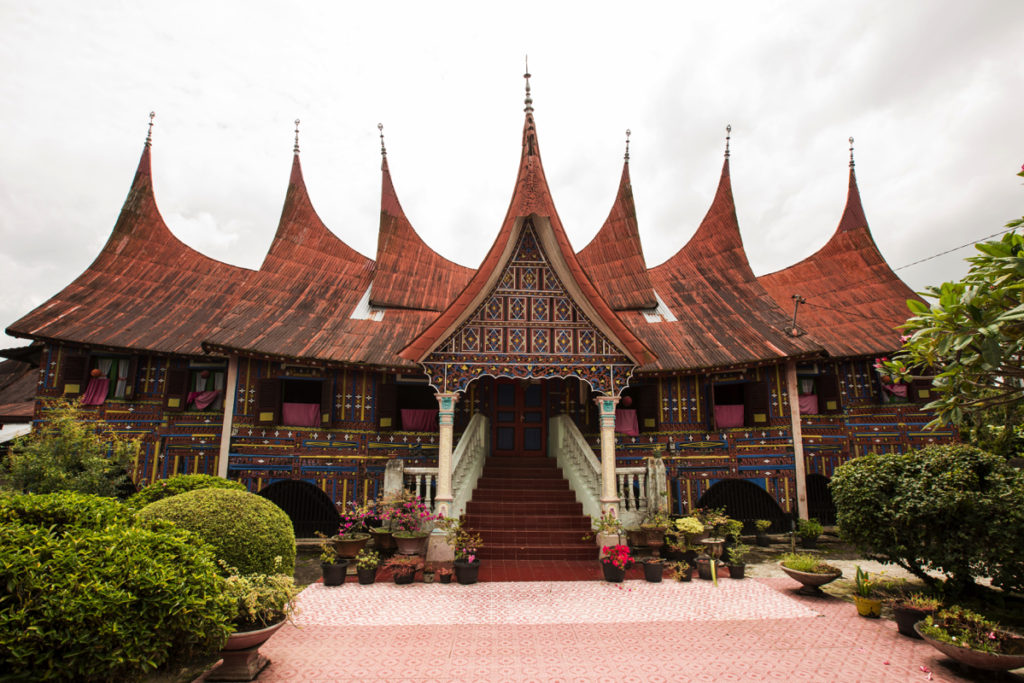
A Minangkabau “big house” (Rumah Gadang)
Houses are the property of women that shares it with her children. In ancient times, homes were separated in different rooms, each mother having a separate room and fireplace to live in with her children. When a women of the house married, the family would often build an extension on the side of the house.
It is said that a single house could host 70 to 80 people, all descending from the same ancestral woman. An example of such a long house can still be seen in the village of Sulit Air.
Even in the past, not all houses had the characteristic saddle-shaped roof. Actually rumah gadang building was a privilege and adat prevented certain part of the population to build one.
Traditional economy
Minang people were first farmers in ancient times living off the cultivation of rice in irrigated ricefields (sawah). The wealth of a family was thus mostly tied to the control of fields.
Ricefields were owned not by individuals but by clans altogether that were led for those matters by senior women. Ricefields as well as ancestral houses were considered harto pusako, permanent properties of the clan that could not be sold and were inherited by daughters only.
Rice growing was a very labor intensive activity, usually beginning with the rain in November and December and lasting for 6 or 7 months.
Introduction of lucrative cash crops like peppers and more essentially coffee from the 19th century has already started to alter this preeminence of women on the most important economic assets as such plantations were often considered harto pencarian, individual properties that could be inherited more freely.
Nevertheless, good management of ricefields (through sharecropping or pawning) was essential to maintain its clan prestige. Maneuvering to control new fields (by exploiting debts of other families or securing properties of people without heirs) was also very important for ambitious people.
Local government
If women were the owner of the most important properties (houses and ricefields) and responsible for internal affaires in general, men were charged with the external affairs and to represent the interests of the family.
The most common title is mamak. Mamak means uncle but this is a social function that is attributed to someone in the family, it is not necessarily an actual uncle. Actually the mamak can be very junior to the matriarch and he does not command her.
The mamak had to be consulted before pawing a field or holding a major ceremony.
At a higher level, each lineage (suku) was headed by a penghulu, a kind of clan head, that is charged to represent its lineage’s interests in the village matters. For instance, he had its say to the usage of uncultivated land or forests of the nagari.
The assembly of the village penhulu took place in the balai, the meeting hall.
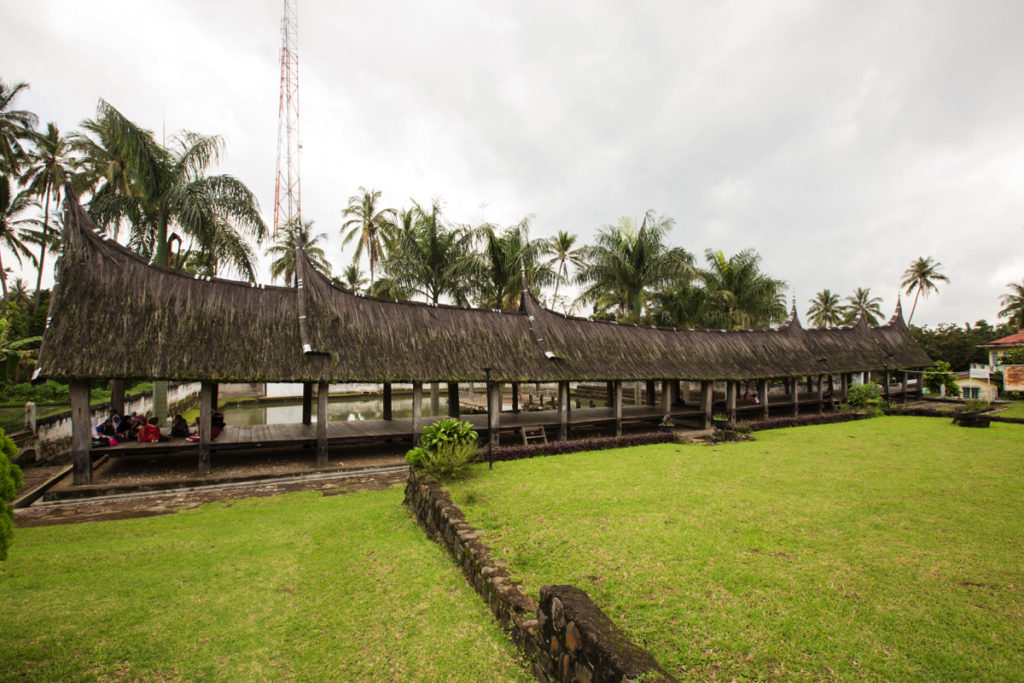
Balairung Sari
So the Minang society was leaded by a combination of male public officials alongside senior women concerned with the prestige and the legacy of clans and families. Rogue clan members could be deprived of their rights to the clan’s properties (harto pusako) or even be evicted from its suku.
As Dobbins explains, obtaining a title of mamak, penghulu or cultivation the reputation associated with a senior women involved to win a following. This was done partly through feasts and gifts.
Securing a prestigious position was expensive, and maintaining the associated dignity even more. To sustain expenses, families often had to pawn ricefields at one point, amputating their economic capital and generally leading to a demise after a few years.
What about the kings ?
The royalty had very few effective powers on the penghulu. As Dobbins reminds “the royal family, despite its claim to suzerainty over a much wider area, was effectively limited to Tanah Datar“. More exactly, the royalty controlled the gold producing region as well as the villages located along the trade routes.
If the power in the nagari rested on the penghulu, representatives of the king had authority on the rantau.
The royalty was in the end very little involved in the village life.
Minangkabau : a woman dominated society ?
Strictly speaking, Minangkabau is a matrilineal society (probably the largest in the world). Yet this doesn’t translate into “women have the power”.
Women were for sure at the core of the traditional society because they owned, controlled and inherited the most precious piece of the economy : ricefields and houses. Senior women were very much invested in the building and maintaining of the influence and prestige of their house.
Divorce was common and could be requested by both spouses. Overall relationships between wife and husbands were rather loose and independent.
But women were yet taking care of virtually all the children education. They were also responsible for all the households work.
Weddings were almost always arranged, most of the time by the senior woman of the family that had to make sure the prestige of her house was maintained. Daughters could refuse but their mothers were able to make their life very uncomfortable in response by refusing them financial supports or blocking their access to senior social positions.
Women could also not become mamak or penghulu, which were male positions. Men could not own ancestral houses or ricefields though.
Another thing to keep in mind in that the matrilinear model of the heartland was not the only existing system :
- First of all, the Minangkabau royalty, even if their actual control on the heartland was limited it was still the most prestigious office, was patrilinear.
- Second point, on the fringe of the rantau the tradition was reformed quite early. By the 17th century, property was already generally passed from father to son among traders of Padang.
Man-Woman relationships
In the traditional Minangkabau society, the family duty of a man was towards his mother, sisters and sisters’ children (so his mother’s family).
Sons had to cooperate with their mother (by working her field, repairing her property or sending money for instance) to receive their support (lend him land, provide financial assistance if needed).
As sons and brothers, men had the duty to main their mother’s house status and reputation through hard work and good behavior.
Sons were often expected to migrate away from their birthplace to seek fortunes and latter come back successful to have a marriage arranged.
Men had little authority over their wife and could not ask much more than faithfulness. A husband could not ask his spouse to make him clothes (that was the duty of his mother and sisters). If he obtained any food from her or her family, he was supposed to pay for it. Actually husband and wife rarely eat together.
“He he wishes so, the husband can aid his wife in the management of the households or the construction of the rice fields. He can give her presents from time to time or even a fixed income for her maintenance. But this is all liberality on his part, for by the adat he is not compelled to any of these ministrations. In fact, if he is too liberal in sharing his harto panjarian (private property) with his wife, he is liable to get into difficulties with his own family” (Loeb).
Homeless men ?
Married men were a bit without an owned house : the house where they grew up was the property of their mother and sisters and they were only guests at their wife’s house.
In the daytime, men could only access the front room of their family house (so their mother’s house). At night they could sleep with their wife in her room in her own family house, or they had always the possibility to stay at the surau, a building found in every village, both a men house and a prayer house.
Young men would spend their night in the surau as well as many old men.
Children education
The husband was not expected to be present at the child’s birth.
Later the children would not be raised by a particular member of the family but rather by the female relatives as a group. His father had little implication in his education.
The father would give some money to his wife once in a while a help in her rice fields and that was it.
Divorce
According to Loeb, only the first marriage was deemed socially important for the Minangkabau. Boys usually got married around 15 (after their circumcision) and girls after their first menstruation. They were not consulted, the marriage was decided by the two families.
Divorce was also a really simple matter. A man would simply pack his things up, inform his family and leave. A woman could also get rid of her husband simply by changing her sleeping quarters in her family house. Her husband would understand the hint and stop coming to the house.
According to Loeb, “a woman not infrequently has changed mates five or six times before she arrives at the age of 20“.
A son had the right to return to his mother’s house after a divorce, unless she refuses him this right because she felt previously neglected.
The Minangkabau society evolution
The decline of the traditional forms of government
In order to streamline village administration, the Dutch deeply reformed the traditional government system by imposing a village head (kepala negari) rather than a council of penghulu from the 19th century.
In 1860, the Dutch administration system evolved in an attempt to adapt it better to the Minangkabau social structure. The office of the tuangku laras, or head of a nagari federation (laras) was introduced (and remained until 1914).
This further weakened the traditional system which never had any supra-nagari head (the king did not ruled over the nagari, but rather on the rantau).
On top of that in 1870, the Dutch introduced their own criminal code, depriving the balai of their judiciary prerogative.
By the end of the 19th century, the balai had lost virtually all their powers in most parts of Minangkabau.
The modern family
Due to colonial influence and strengthening of Islamic values, the family ideal progressively changed towards smaller, nuclear families. The Indonesian states stresses the importance of the nuclear family and the responsibility of husbands to wives and children.
Nowadays, most of the Minangkabau households consist simply of a father, a mother and their children. Husband live permanently with their wives and are considered the head of the households.
Houses headed by women still exist but are found mixed among more nuclear households. According to Blackwood, in such housing husbands are now more permanent members, even though they are still considered guests.
Even when they live in their wife’s house, men are expected to have their own income. They also participate more than in the past to the education spendings of their children.
Rate of divorce has also decreased significantly.
Nevertheless, the old social structures still permeates the daily life. Senior women still have very much to say to family decisions and men still feel obliged to their mother’s family.
Decline of traditional architecture
Rumah gadang are still a common sight in West Sumatra but most of them are old and a significant number is falling into disregards. Several others are left empty as all the members of the families have built modern houses around them. Few new big houses are built nowadays.
Contemporary houses are usually built with brick walls, cement floor and corrugated zinc roof. Nonetheless the characteristic saddle-shape roof is considered an essential part of the local culture and is being integrated in modern administrative or religious buildings.
Ceremonies
Traditional ceremonies are still routinely held for engagements, circumcisions, births and deaths.
The most lavish ones today are definitely weddings. Among the most famous features I would think about the impressive headress worn by the bride (suntiang), the decoration of the stage made of several layers of curtains or the plate dance (tari piring).
Sources
- Edwin Loeb, 1934, “Patrilineal and matrilineal organization in Sumatra – Part 2 The Minangkabau”, American Anthropologist, Volume 34.
- Taufik Abdulah, 1966, “Adat and Islam : An Examination of Conflict in Minangkabau”, Indonesia No.2, Cornell University Press.
- Taufik Abdulah “Modernization in the Minangkabau World: West Sumatra in the Early Decaes of the Twentieth Century” in Claire Holt, Culture and Politics in Indonesia, 1972, Cornell University Press.
- Christine Dobbin, 1977, “Economic Change in Minangkabau as a Factor in the Rise of the Padri Movement, 1784-1830”, Indonesia No.23, Cornell University Press.
- Christine Dobbin. 1983. Islamic Revivalism in a Changing Peasant Economy: Central Sumatra, 1784–1847. Scandinavian Institute of Asian Studies.
- Evelyn Blackwood. 2000. Webs of Power. Women, Kin, and Community in a Sumatran Village. Rowman & Littefield Publishers, Inc.
- Freek Colombijn, 2005, “A Moving History of Middle Sumatra 1600-1870”, Modern Asian Studies 39.
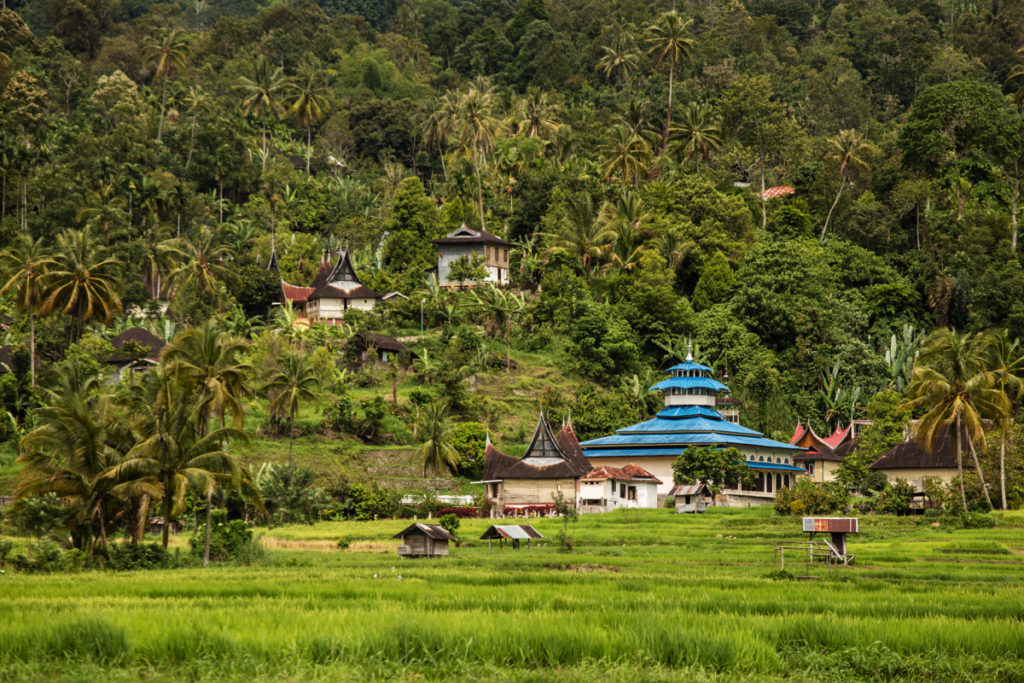
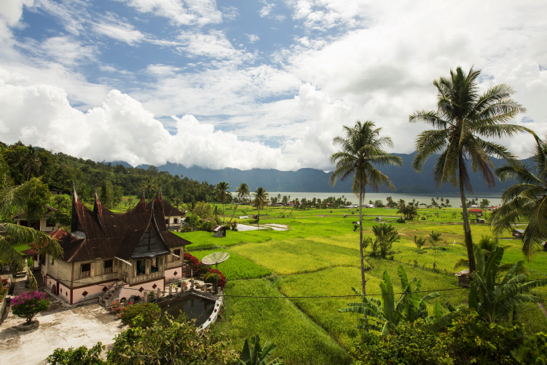
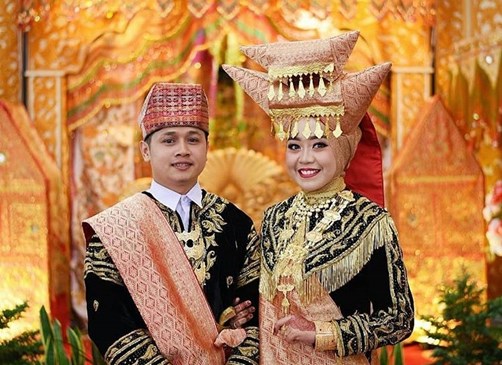
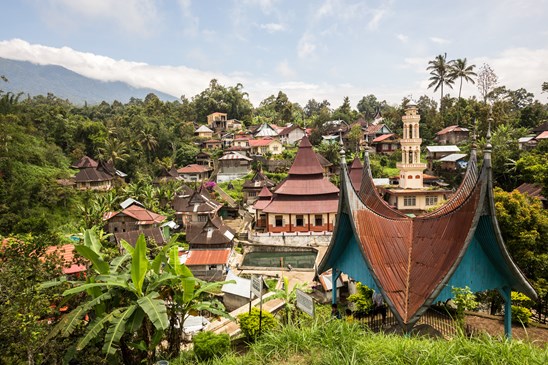
Leave a Reply